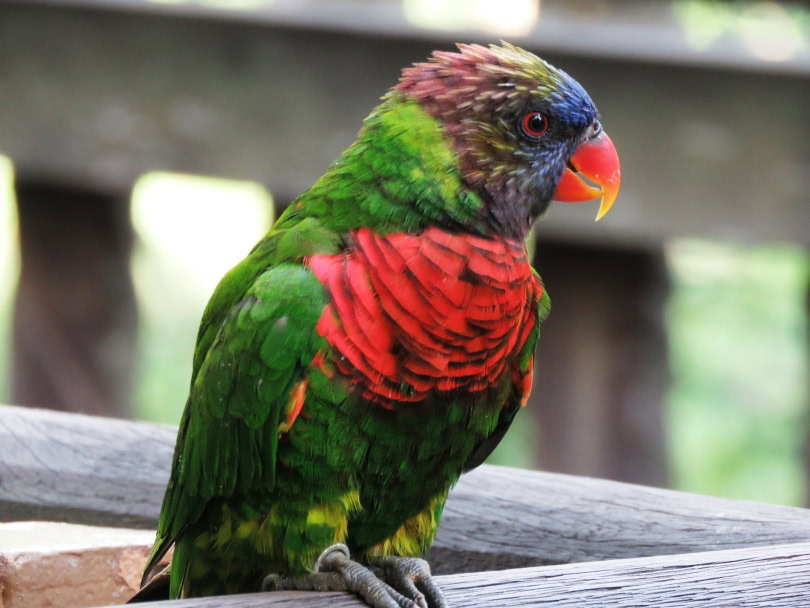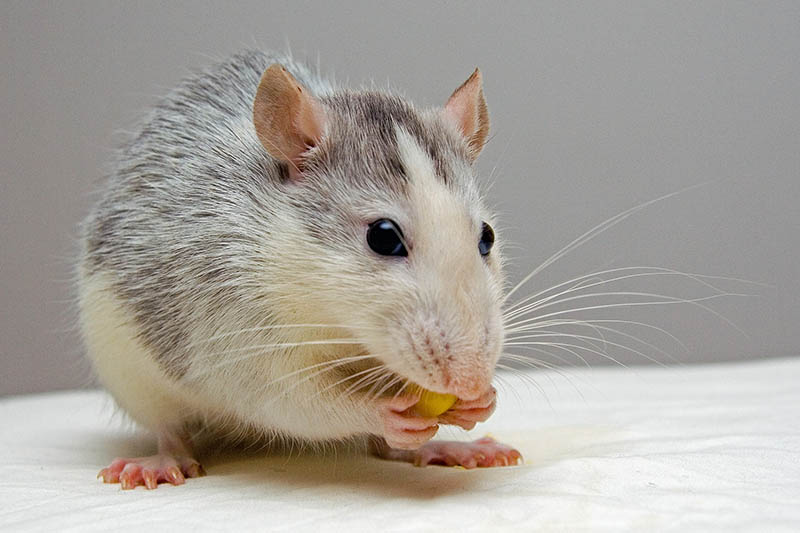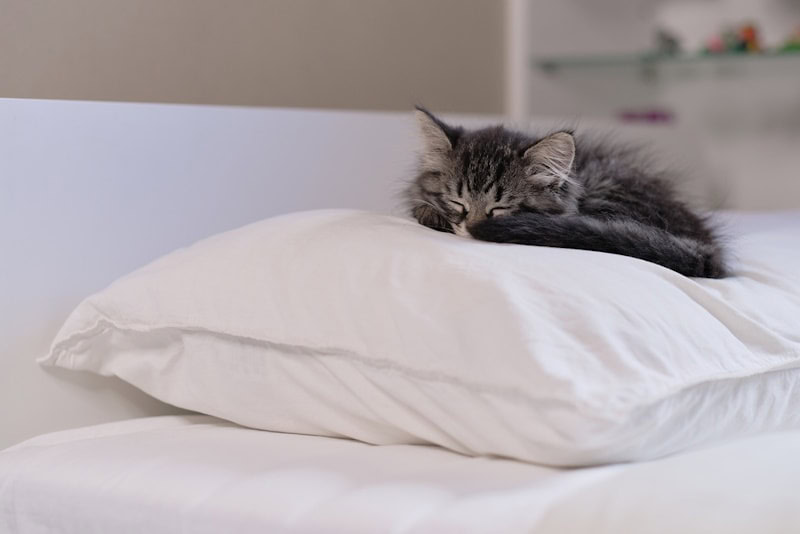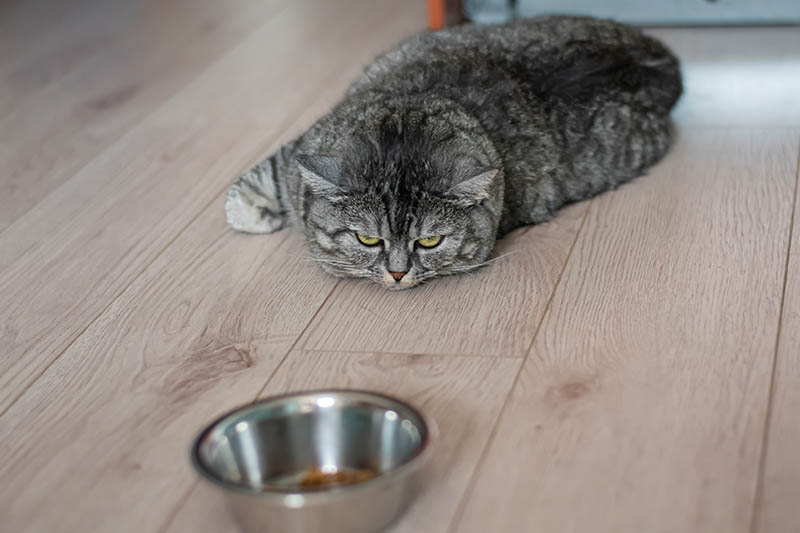Click to Skip Ahead
If you are a parrot owner, you might have noticed your bird doing a little dance now and then while the music is playing. Or maybe you’ve seen one of the many viral videos showing a “dancing” parrot.
If you would like to know more about why they do it, keep reading. There’s no clear answer, but we are going to discuss if your bird can really feel the music like humans do, or if it is dancing for some other reason. We’ll also talk about the possibility of training your pet to dance, and how to encourage healthy bonding with the bird.

How Are Parrots Able to Dance to Music?
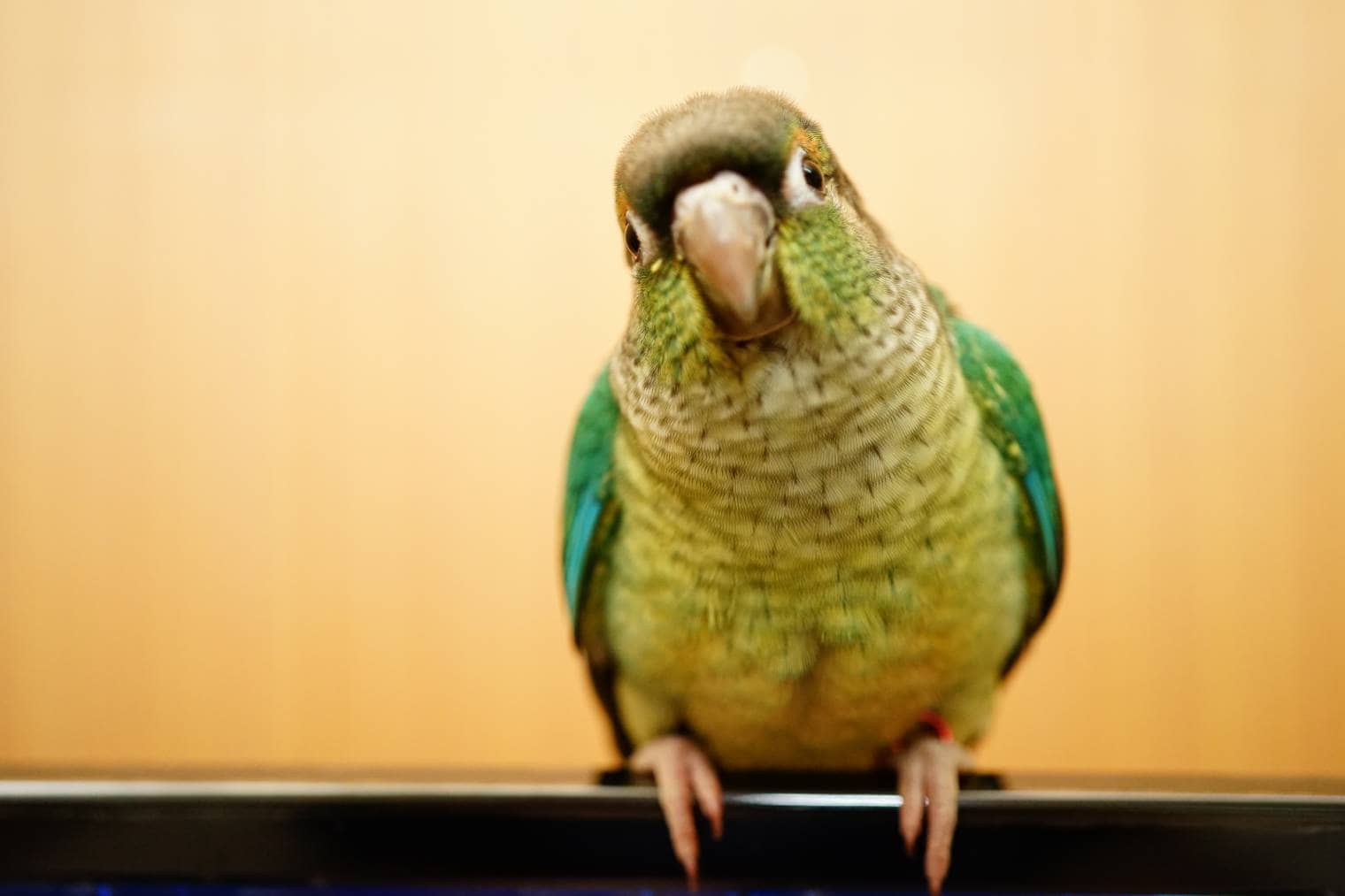
Feeling the Beat
Some studies suggest that parrots can sense the music and bob their head along with a song’s tempo.1 Though they may not always be in time with the music, they will bob their heads faster during up-tempo songs than for slow ones. Many people point to this as proof that the birds can feel the music, while others suggest that they are only feeling the vibrations in the air.
Favorite Songs
Another signal that your pet is dancing to the music and not simply reacting to vibrations is that most owners will tell you that their pets have song preferences, with different birds preferring different music. Strangely, most owners report that their birds prefer classical music to dance music, the latter of which would actually provide stronger vibrations that should make it easier to dance. Birds that don’t like a song will not dance and may make loud chips and squawks to encourage you to play something else.
Mimicry
Another explanation offered by naysayers is that the parrot is only mimicking the behavior of the owner. Some believe that you are listening to music and dancing as your bird watches and learns. In a short time, they believe your bird will begin to copy your behavior.
While your bird will likely learn a few of your best dance moves, parrots can dance without anyone showing them how. A bird that was only mimicking you would likely not continue to dance when there is no music and continue to dance randomly throughout the day. It might also stop dancing when you leave the room. However, many owners report their bird only dances when a song the bird likes is on the radio and will do so regardless of who else is present.

Teaching a Parrot To Dance
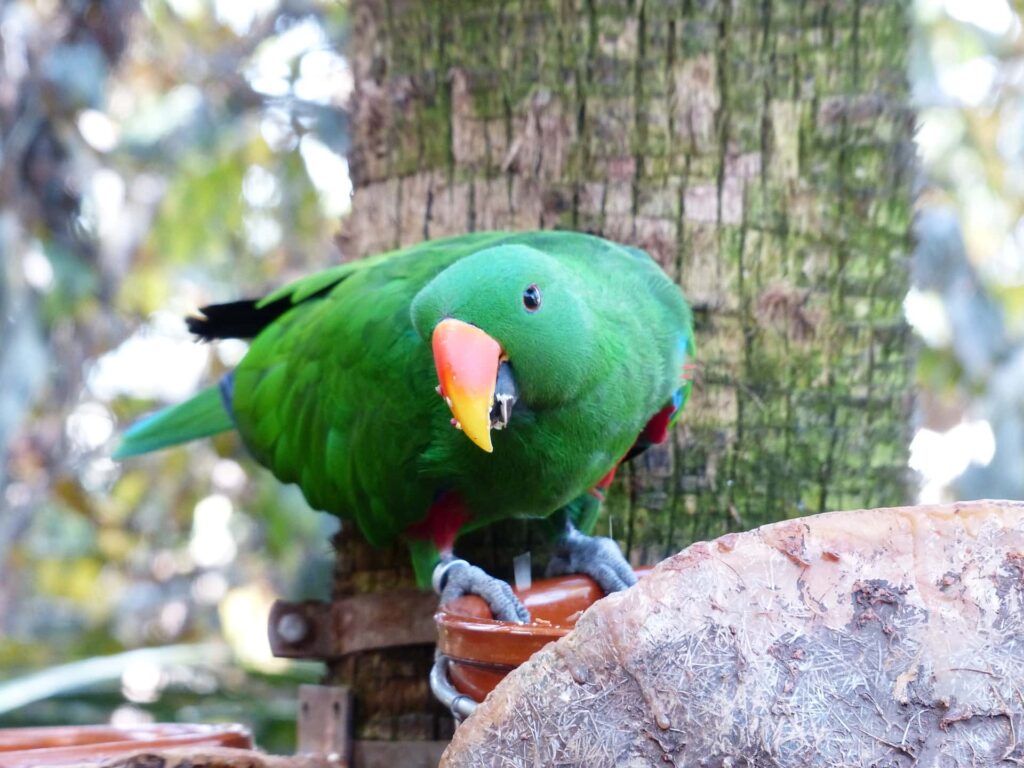
Another study suggests that animals that can mimic words, like the parrot, can also follow a rhythm. You might be able to help your parrot along with some training to get it dancing sooner.
- During playtime, face your pet and play a song with a good beat. Soft rock and country are good genres for starting out.
- Make eye contact and start bobbing your head along with the rhythm of the song.
- Cheer your pet on and keep bobbing your head for a song or two.
- When your parrot starts to catch on, you can begin swinging your arms and lifting your legs in simple moves that your bird can mimic.
- You can leave the music on while you work or clean, but we recommend limiting the training sessions to one song at a time to keep your pet from becoming stressed. Let our bird have at least a few hours to rest before you try again.
- Stay positive, and be patient. You may need to repeat these steps several times to get your bird dancing.
- Once your pet catches on, we recommend letting it listen to a wide range of music to help determine its favorite songs. Your bird is more likely to dance and will be more entertaining when it’s listening to music it likes.
- Happy birds are more likely to dance. Provide your bird with brightly colored toys that can withstand some destruction. Toys that feature bells and other pleasant sounds can also help.

Final Thoughts
We think you will find that most parrots will begin to dance naturally if you play a song that it likes. You can get in on the fun for a strong bonding experience with your bird and the chance to show it your best moves. After a while, your pet will move beyond simple head bobbing and will begin flapping its wings, kicking up its feet, and mimicking you. If your bird is slow to get started, we recommend following the steps we’ve listed to help your parrot find its dancing feet.
We hope you have enjoyed reading over this short guide, and it has helped answer your questions. If we have helped you understand your pet better, please share this guide to why parrots dance on Facebook and Twitter.
Featured Image Credit: Arulonline, Pixabay
